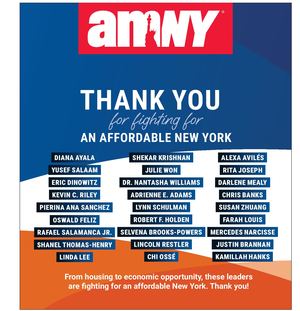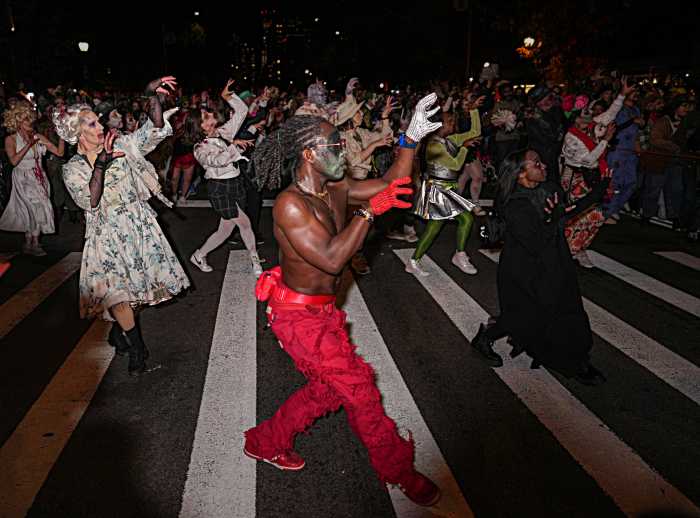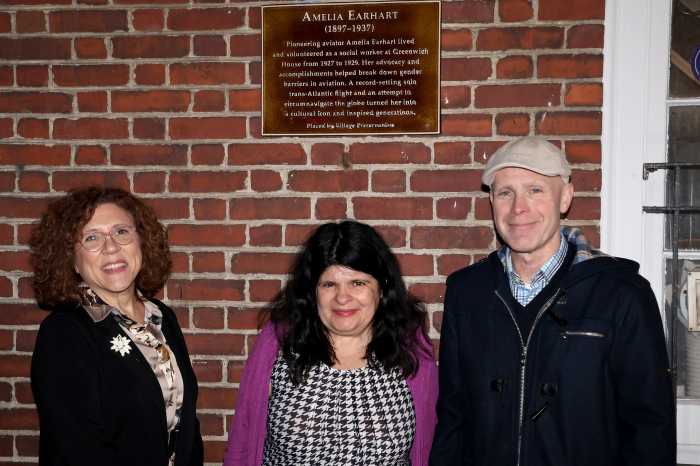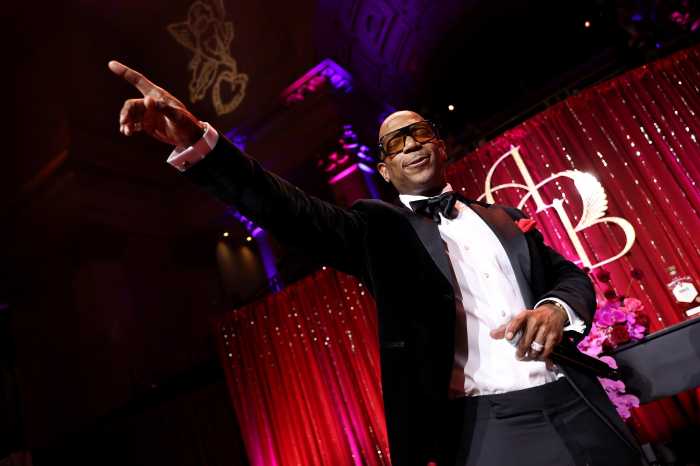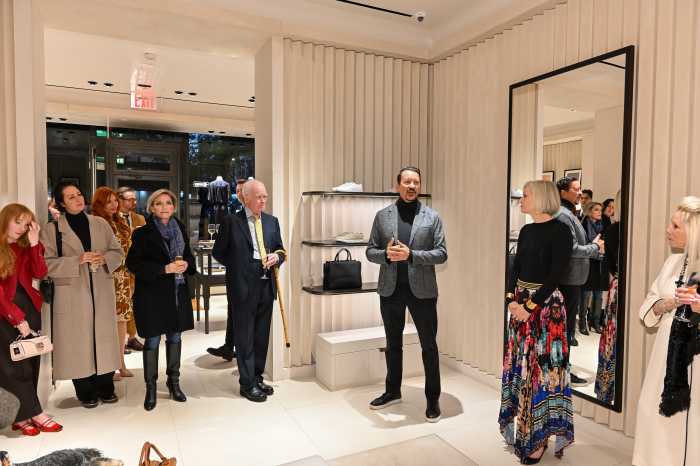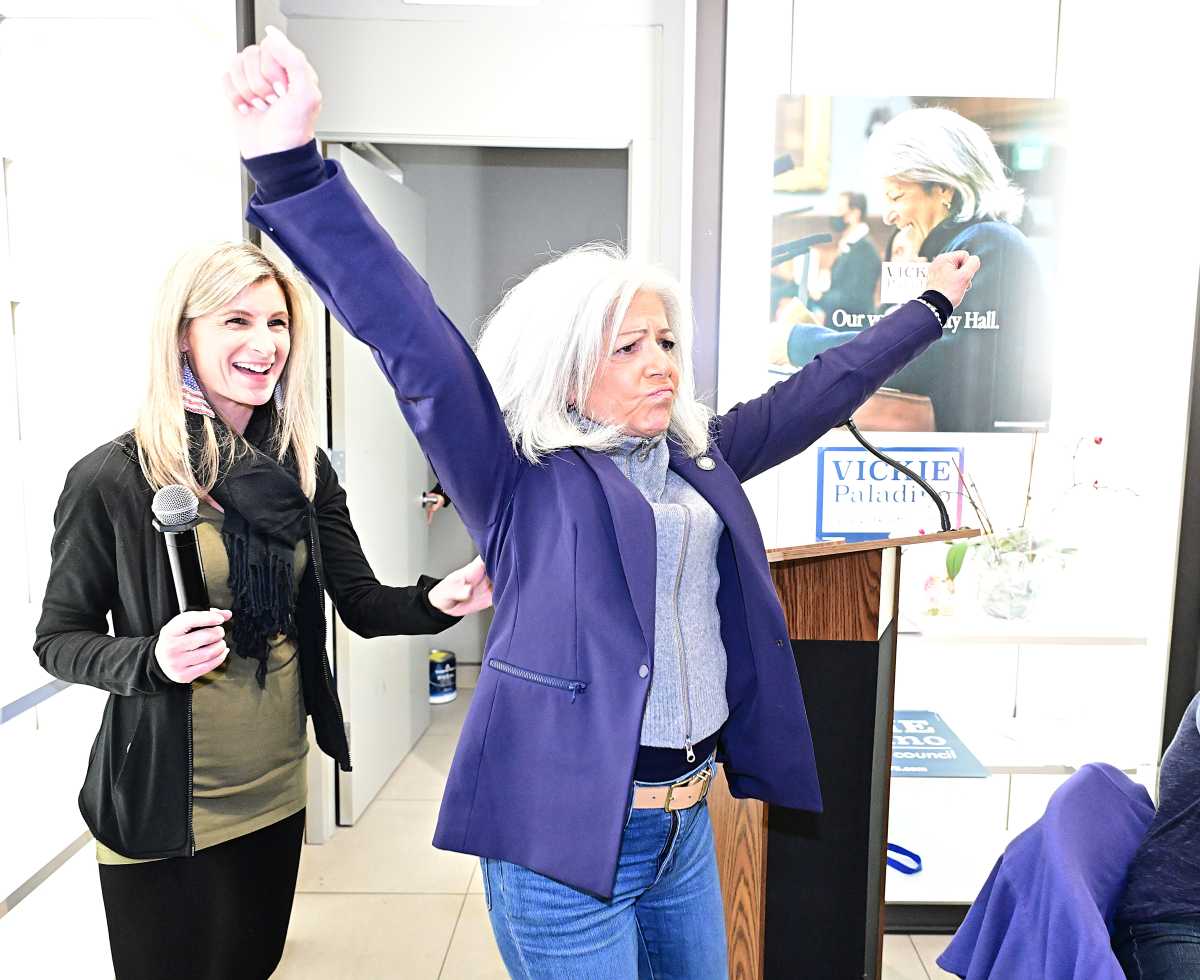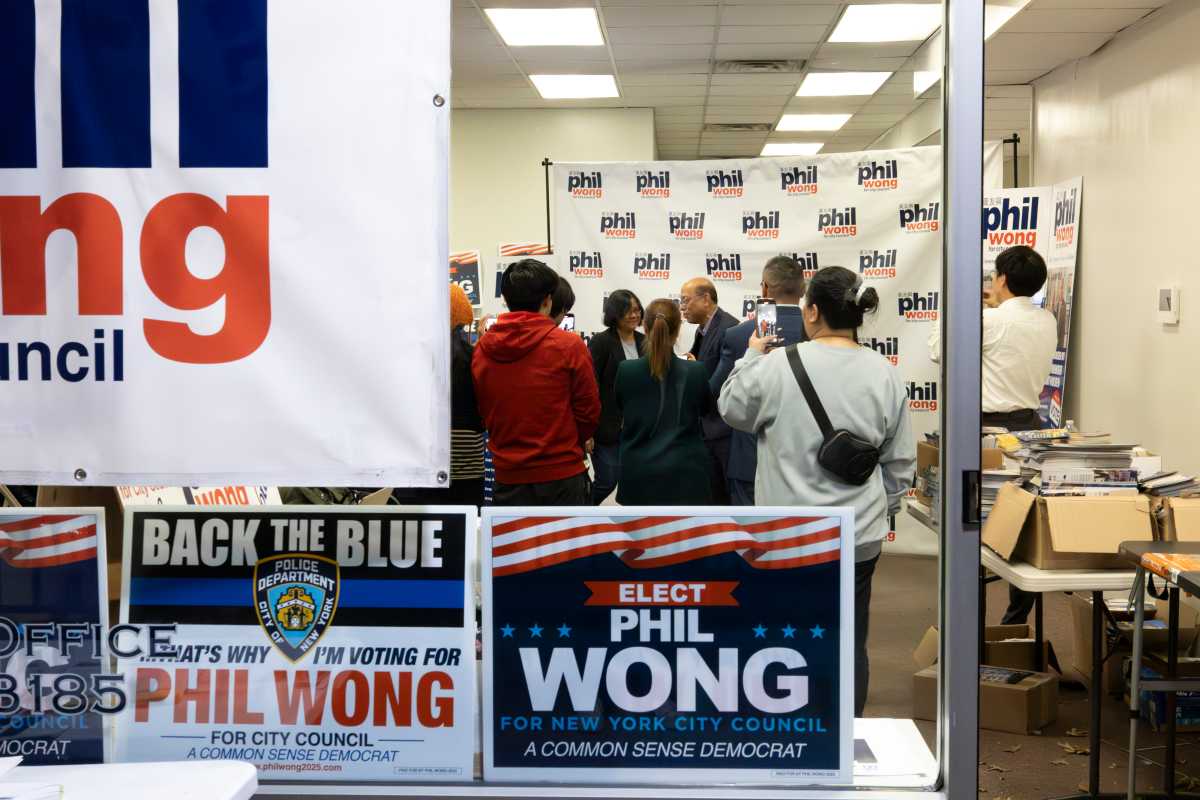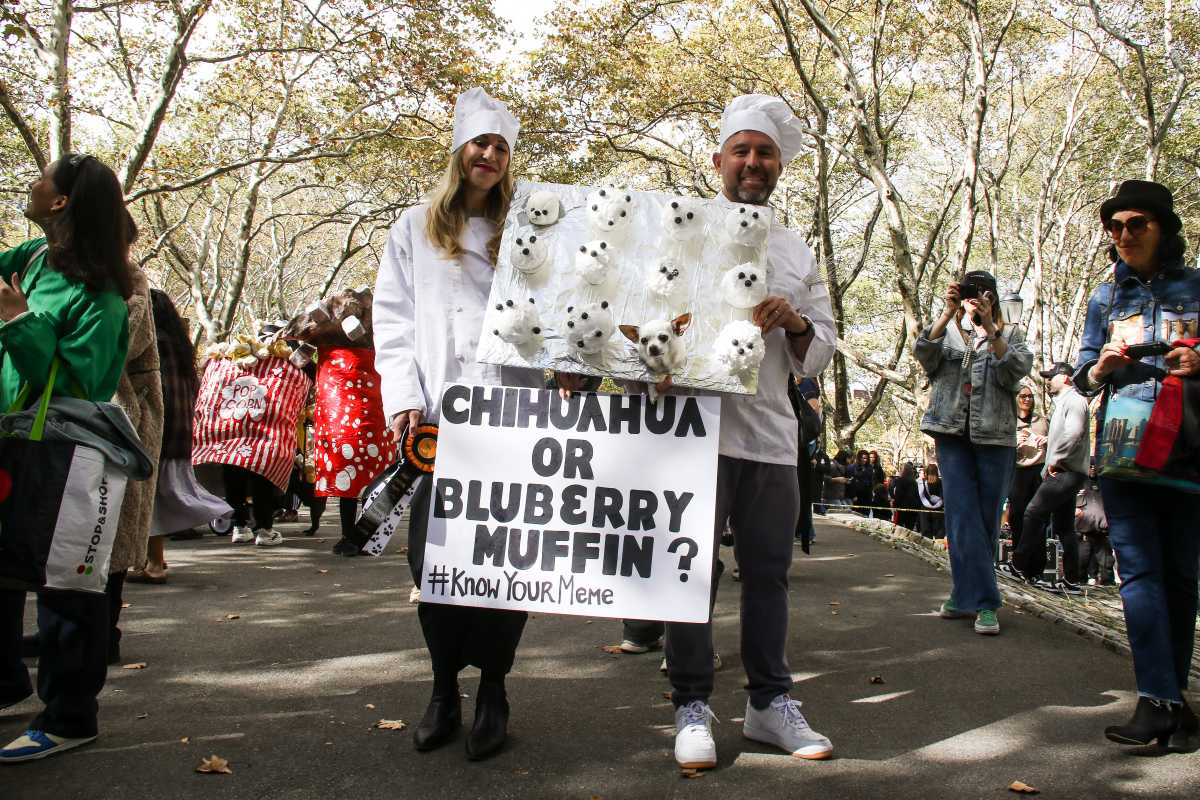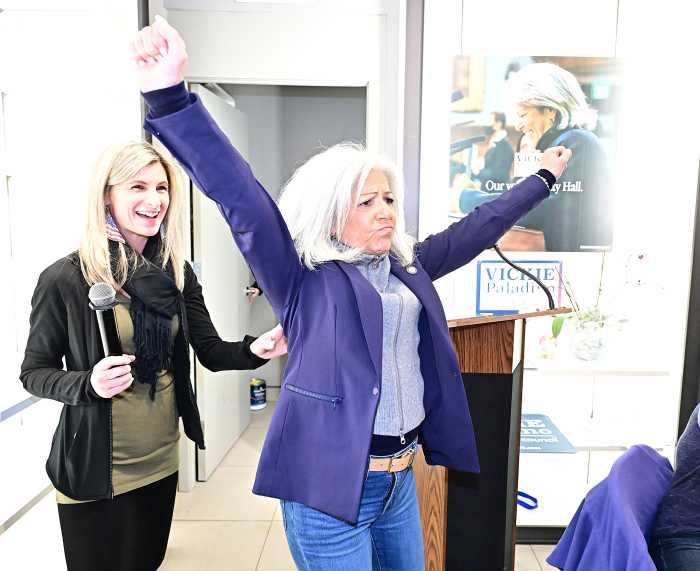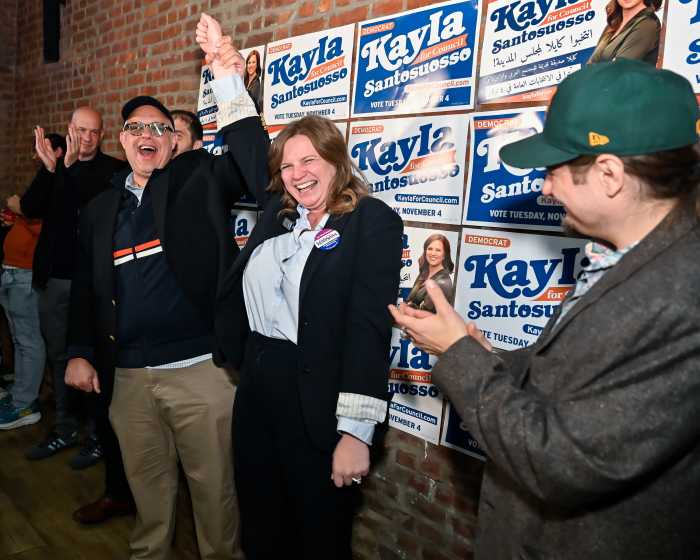By Laurie Mittelmann
A soft-spoken East Village activist approached a man sitting on a dense hardwood bench along the High Line last Friday afternoon. She told him there was a piece of the Amazon rainforest beneath him.
“Cool,” he said, between bites of his cream-cheese bagel.
Then she handed him a flier titled “High Crimes on the High Line,” and told him that loggers cut down swaths of rainforest to find the ipê trees that are used for furniture in the newly opened park.
“Oh,” the man said as he swallowed a bite of his lunch and started to read. “Not cool.”
The activist, JK Canepa, was one of seven people spreading information in the park last week as members of Rainforests of New York, a coalition seeking to ban the use of rainforest wood in city parks. The ipê used to construct the elevated park’s benches, bleachers and lounge chairs comes from Brazil and Peru, the activists say.
“It is a sadly misguided notion that the chic, the exotic and the novel must be provided at the expense of the natural world,” Canepa, 66, said. “Logging in old-growth forests anywhere on the planet is simply not sustainable, and any certification of this wood is just a moneymaking scheme.”
Cristina DeLuca, a Parks Department spokesperson, referred questions to Friends of the High Line, which designed the park.
In an e-mail statement, Katie Lorah, a spokesperson for Friends of the High Line, said, “The ipê wood used on the High Line was chosen for its longevity and durability, and taken from a managed forest certified by the Forest Stewardship Council, which is recognized by many major environmental organizations for creating and enforcing the world’s strongest standards for forest management.”
The Forest Stewardship Council evaluates forests based on 10 principles and 57 criteria, which address legal issues, indigenous people’s rights, labor rights, multiple benefits and environmental impacts surrounding forest management, according to its Web site.
The use of rainforest wood on the High Line runs counter to reforms recently launched by Mayor Mike Bloomberg. In a speech Bloomberg delivered to the United Nations in February, he said city agencies would immediately reduce use of tropical hardwoods by 20 percent.
“New Yorkers don’t live in the rainforest,” Bloomberg said in his speech. “But we do live in a world that we all share. And we’re committed to doing everything we can to protect it for all of our children.”
Members of Rainforests of New York say the F.S.C. certification is not good enough. They cite information available from the group FSC-Watch, which says the council certifies logging in old-growth forests and tree farms that are ecologically unsound.
The volunteers charge there is no such thing as sustainable ipê. Their flier says that the Brazilian government admits a high percentage of Amazon timber exports are from illegal sources; estimates are similar where ipê is also grown and harvested in Peru. The activists also describe the ecological damage of the road network needed to reach the ipê trees.
The environmentalists are asking Friends of the High Line to use recycled plastic lumber or sustainable domestic hardwoods when they furnish the next two segments, extending the park to W. 34th St.
“Sure, the High Line’s rainforest wood looks beautiful, but so did the rainforests that the wood came from,” said Tim Doody, 35, of the West Village, who has been a member of Rainforest Relief since 1999. “Clever designers can build an elevated park like the High Line, but no amount of human genius can build a rainforest. Friends of the High Line has turned one of today’s most anticipated public-works projects into a global advertisement for tropical deforestation.”
The Parks Department estimated it could spare about 390 square miles of rainforest every 20 years by using concrete and recycled plastic in place of tropical hardwood for city boardwalks, according to the department’s Web site, and the material would last up to five times longer with little or no maintenance.
The activists say that most people are unaware of the wood’s origin, but once they learn, are eager to see a change.
John Hwang, 31, from Birmingham, Alabama, was surprised when he received his flier. He’d been reclined on a lounge chair, reading a book and snacking on an apple in the sun. “I’m just an average guy,” said Hwang, who directs corporate responsibility for a clothing importer. “When I sit on a piece of wood, I don’t think about where it’s from.”
The rainforest activists have also criticized the new Washington Square Park benches, saying they’re made of ipê, as well. While saying that the city, in general, is trying to decrease its use of rainforest hardwood, Parks spokesperson DeLuca acknowledged that the new benches’ slats are made from it, but that, as in the High Line, the lumber is from a managed forest certified by F.S.C.
The contracts for the tropical hardwood on the High Line and in Washington Square Park were signed prior to the mayor’s directive to all city agencies in December 2007 to reduce the quantity of tropical hardwoods used in public projects, DeLuca added.
“Since then, Parks has been phasing out the use of hardwood as a design material throughout the city’s parks, especially for benches and boardwalks,” she said.
